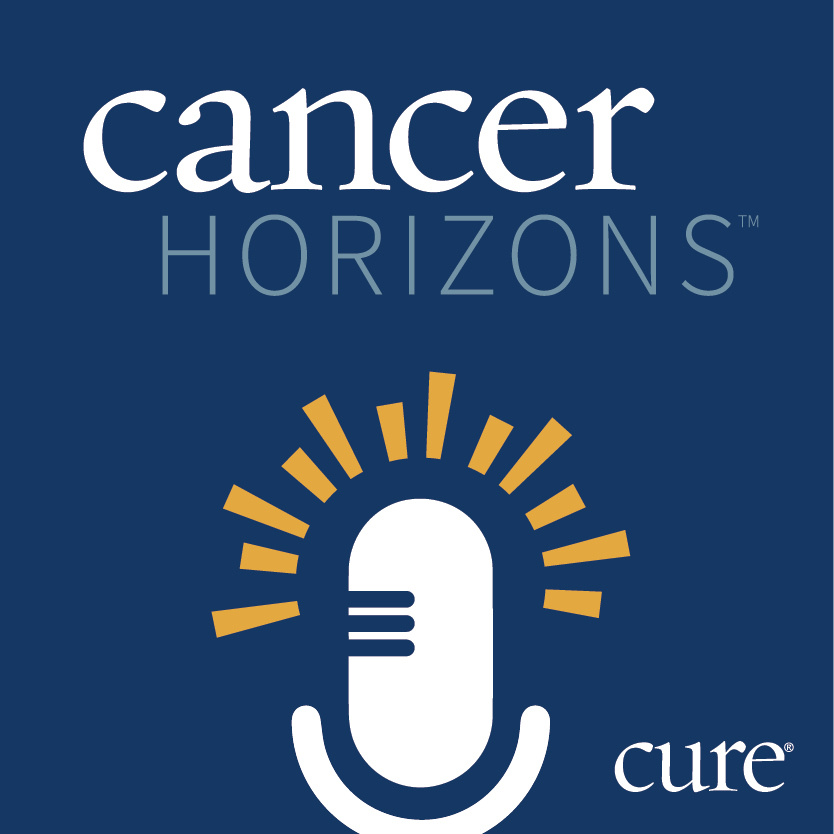Article
Urologist Raoul Concepcion Explains Gleason Score and Gleason Grade
Raoul Concepcion, a urologist with Urology Associates in Nashville, Tenn., explains Gleason score and Gleason grade as it relates to a prostate cancer diagnosis.
Raoul Concepcion, a urologist with Urology Associates in Nashville, Tenn., explains Gleason score and Gleason grade as it relates to a prostate cancer diagnosis. Features that define prostate cancer fall under Gleason grade and score. Gleason grade ranges from 1 to 5, where 5 is considered most aggressive.
Prostate cancer can be heterogeneous, so in the same biopsy, the sample may show different grades, or patterns. The Gleason score is the sum of the two most common patterns. For example, a biopsy may reveal a Gleason grade of 4 as the most prevalent pattern, with 3 as the second. The Gleason score would be a 7.
"A lot of people will say 'I have a Gleason 7 score.' I personally tend to stay away from the summation only because if you think about a 7, there are a number of different ways you can get to a 7 with a grading scale of one through five," he says. "It could be a 3 plus 4... or a 2 plus 5."
With the first number being the most prominent, urologists may treat according to the more dominant pattern than simply the Gleason score.
"If you have one patient with a Gleason 3 plus 4 and another patient with a 4 plus 3, they are both 7s, but we actually look at those patients very differently," he says."The 4 plus 3 is at a much higher risk than the gentleman with a 3 plus 4."




